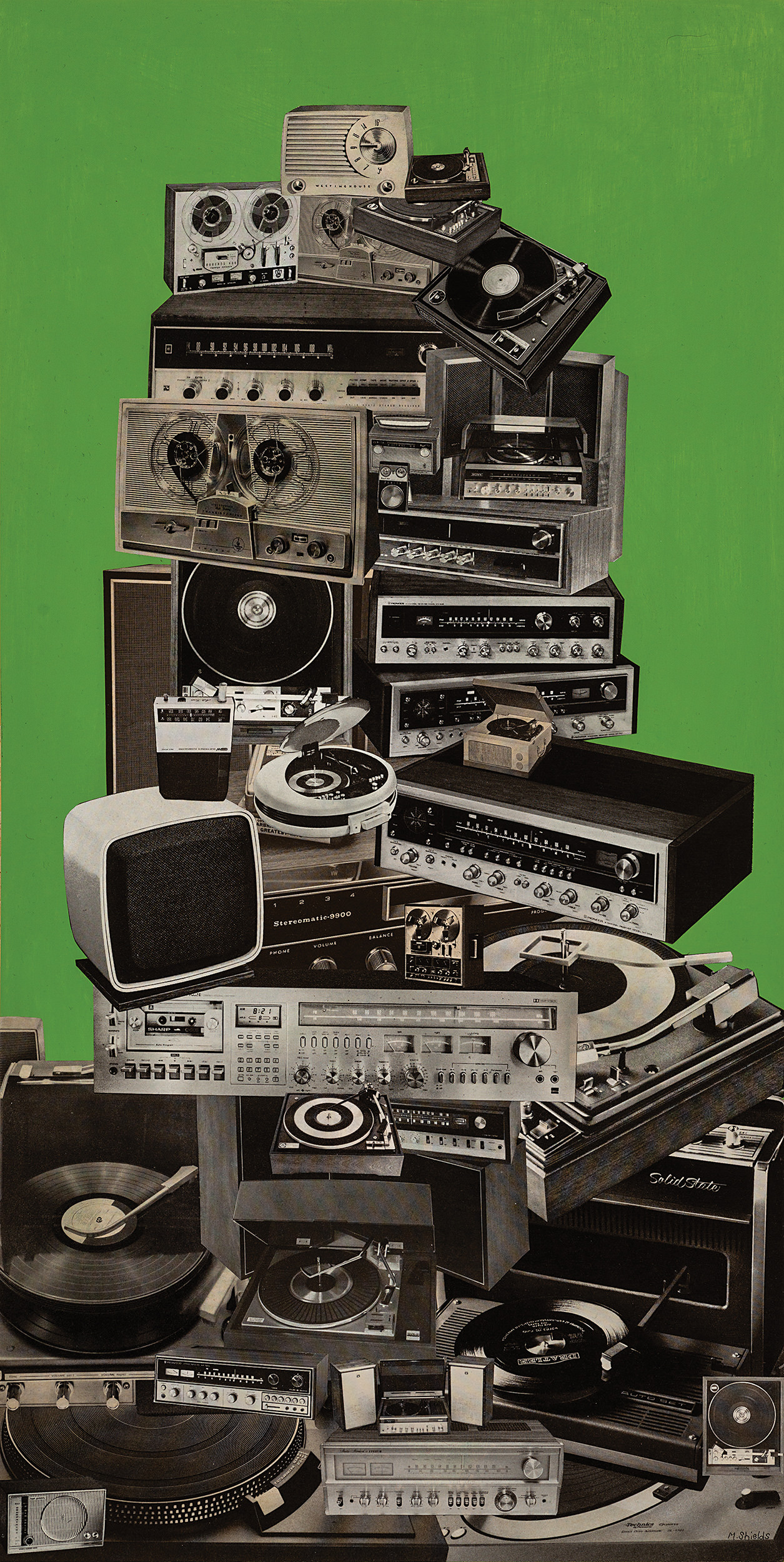A few weeks into the COVID-19 pandemic, JB sent an email to the Tape Op staff: "As studios are hopefully able to re-open in a few months, what will the cleaning protocols be? The SARS-CoV-2 virus remains viable the longest on hard metal surfaces, which essentially means a recording console— lots of hard metal surfaces with lots of nooks and crannies and people leaning on and over it all day. It's essentially the cruise ship of the music industry. Yikes!" LC quickly replied: "And what about cleaning mics and pop filters on vocalists? Yikes." Yikes is right— not only because of the gravity of the situation we're all living in now, but also because there's so much misinformation out there. First of all, let me state the obvious that you should look to WHO and CDC— not FaceSnapTok— for recommendations on staying healthy. Second, instead of blindly following cleaning advice from random bloggers, YouTubers, and even Gear Geeks like me, you should check with the manufacturers of your gear. For example, Solid State Logic published a concise PDF on sanitizing SSL consoles and equipment bit.ly/2Sxhhmi: Avoid disinfectant wipes and acetone, ammonia, bleach, and silicon–based solutions. Instead, use a microfiber cloth dampened with a 50% mix of isopropyl alcohol and water to clean surfaces and controls, and Aztec Chemicals Reflect to clean glass. Audio-Technica has an illustrated article showing you how to clean their microphones bit.ly/3fg6g2l: Unscrew the grille and clean it separately from the diaphragm and electronics. With either a soft cloth dipped in a solution of dissolved disinfectant soap and wrung out, or a soft cloth sprayed with 70% ethyl or isopropyl alcohol, wipe mic handles, head casings, and product surfaces. Follow with a cloth dampened with water and again with a dry cloth to remove all moisture. There are many more words of invaluable guidance, including this unique warning: "Do not use detergent intended for cleaning laundry, toilets, or kitchen extractor fans." Shure offers general instructions on how to clean their mics, both in article form bit.ly/2ydNjNn and on YouTube youtu.be/1j6CVlFG1Vk — without providing advice specific to COVID-19: Dilute mild detergent or mouthwash in water to clean the grille and foam windscreen after disassembling from the mic body. A toothbrush can be used to remove lipstick. Allow the grille and windscreen to dry completely before reassembly. Note that any moisture can damage a condenser element. •••Most major microphone companies have at least a webpage describing how to clean or disinfect their products. Much of the same advice is repeated, but I still found that each manufacturer had instructions or recommendations worth reading. Interestingly, DPA specifies demineralized water instead of cleaning fluids, and as an alternative to air-drying for 72 hours, baking in an oven at 140°F for 60 minutes bit.ly/2YCc00N. On the other hand, Lewitt suggests UV light or direct sunlight as an alternative to cleaning solutions, but advises against oven-baking bit.ly/3dcdin1. Dale Pro Audio focuses less on cleaning per se, and more on reducing the downtime for cleaning in between musicians bit.ly/2z5Oe2s: Give a replaceable windscreen to each person. Employ quick-release adapters so you can swap mics quickly. Use a metal pop filter since it can be easily disinfected and dried. •••Regarding computers and smartphones— on all their support pages related to cleaning, Apple added a statement that 70% isopropyl alcohol or Clorox Disinfecting Wipes are okay to use on hard, nonporous surfaces apple.co/2WswYMC. Each of Apple's product categories (and in some cases, each specific model) has its own cleaning page with precise instructions. Microsoft even goes so far as to list specific brands of disinfectants that have been tested on their products bit.ly/2KToTeN. I hope all of you are staying safe, healthy, and sane!

